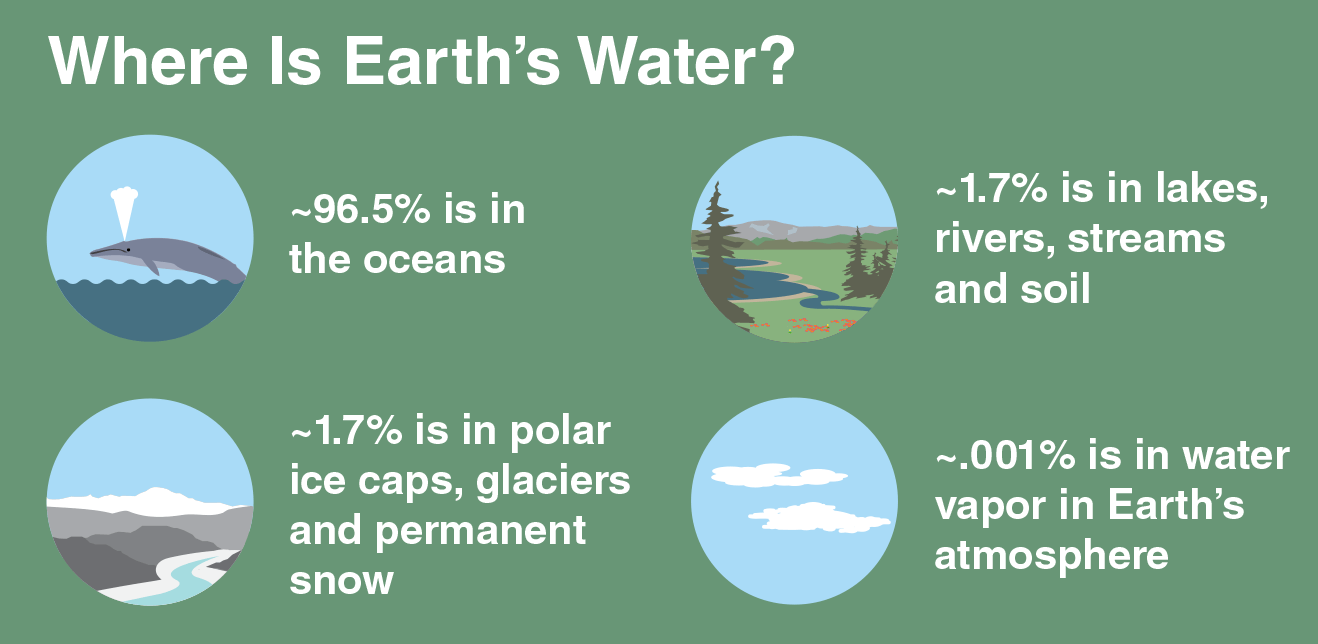Hi,
This term we continued our water cycle in science from last term. Then we all answered the questions all together in the mat. Then we keep writing down the answer in our blogs after we have done it we have to show it into a teacher. So this is the blog post that we have done
AIM: TO LOOK AT THE WATER CYCLE AND HOW CLIMATE CHANGE IS AFFECTING IT.
Definition:

Scientific words:
- Evaporation. When water is heated by radiant energy it turns into water vapor.
- Transpiration. Evaporation from plants.
- Condensation. When water vapor cools, molecules join together and form clouds.
- Precipitation. When clouds get heavy the waters falls as rain, sleet, hail, or snow.
- Acidification: the action or process of making or becoming acidic.
We will be conducting an experiment that looks at the different ways that climate change is affecting the water cycle.


THE WATER CYCLE EXPERIMENT
Bag 1: Normal Water cycle
Bag 2: Water cycle with CO2 added: like Oceans in climate change
Bag 3: Water cycle with ice added: like Antarctica in climate change
Material:
- Water
- Bag
- Soda water
- Food colouring
- Litmus Paper
- Vivid
- Sand
Steps:
- Get the vivid and the bag
- Draw the water cycle outside the bag
- Then put one cup of water or Soda water
- After that put two drops of food colouring
- Put a litmus paper hanging inside the bag and don't get it wet
- Hang the bag against the window to get sunlight and starts to condense
Two Images:
Findings:
The Water Cycle: Bag 1
|
CO2 Water Cycle: Bag 2
Acid
|
Desert Water Cycle
Bag 3
| |
Does it cycle?
| Yes | Yes | Yes |
Amount of Water
| 2 | 2 | 2 |
Acidity
| 1 | 3 | 1 |
Key: Water and acidity amount: 1 = none
2 = small
3 = large
Other comments:
1: Bag 1 cycled water.
2: Bag 1 had a small amount of water
3: The acidity in the Bag It was low
4: Bag 2 has a Acid
5: The Amount of was small
6: The Acidity was Large
7: Bag 3 Has sand
8: The amount of water was small
9: The Acidity was large.
Conclusion:
In the Bag 1 the Cycled water has a small amount of water and the acidity was low. The Bag 2 has a acid and it is different from the first one. The amount of water was small and the acidity of it was very large because we have put soda in it. The Bag 3 was a sand and the amount of water is small the acidity was large.
Draw a labelled diagram of the Water Cycle
Water cycle words:
- Precipitation
- Hurricanes
- Acid rain
- Evaporation
- Carbon Dioxide
- Water
- Defirestation
- Water vapour
- Transpiration
- Flooding

No comments:
Post a Comment
To support my learning I ask you to comment as follows:
1. Something positive - something you like about what I have shared.
2. Thoughtful - A sentence to let us know you actually read/watched or listened to what I had to say
3. Something helpful - how have you connected with my learning? Give me some ideas for next time or ask me a question.